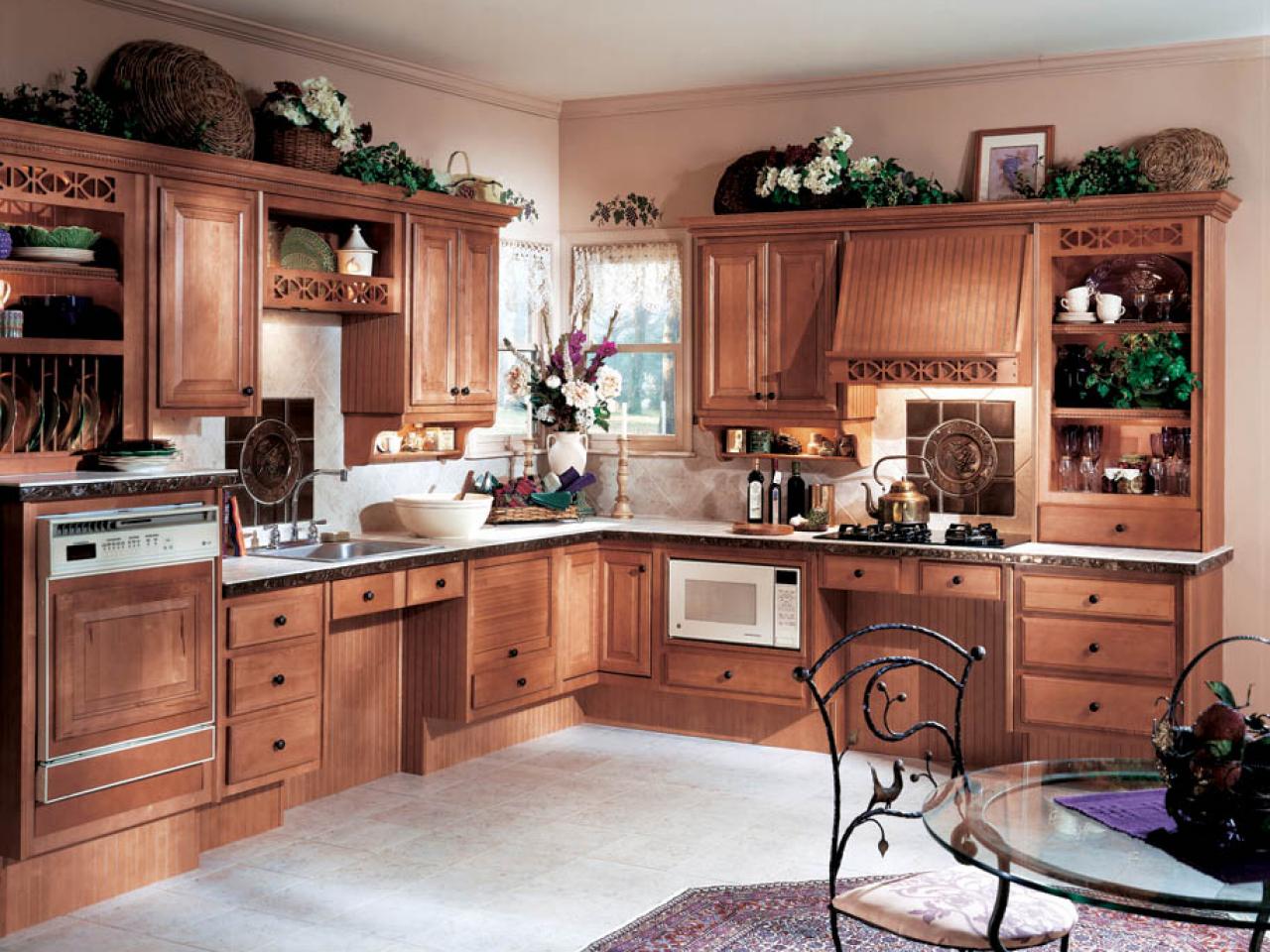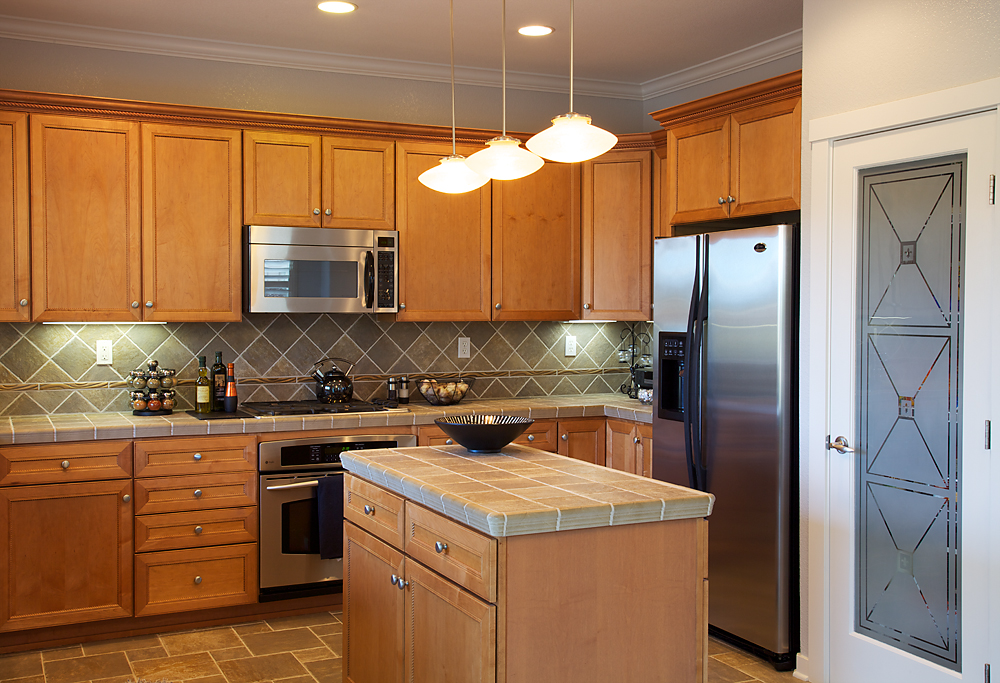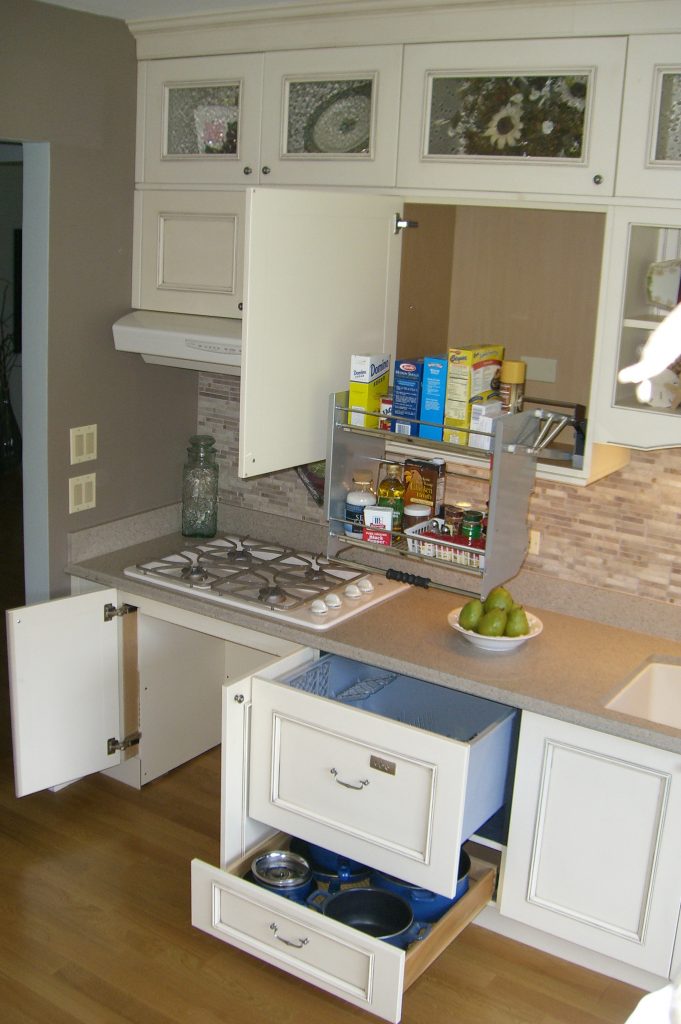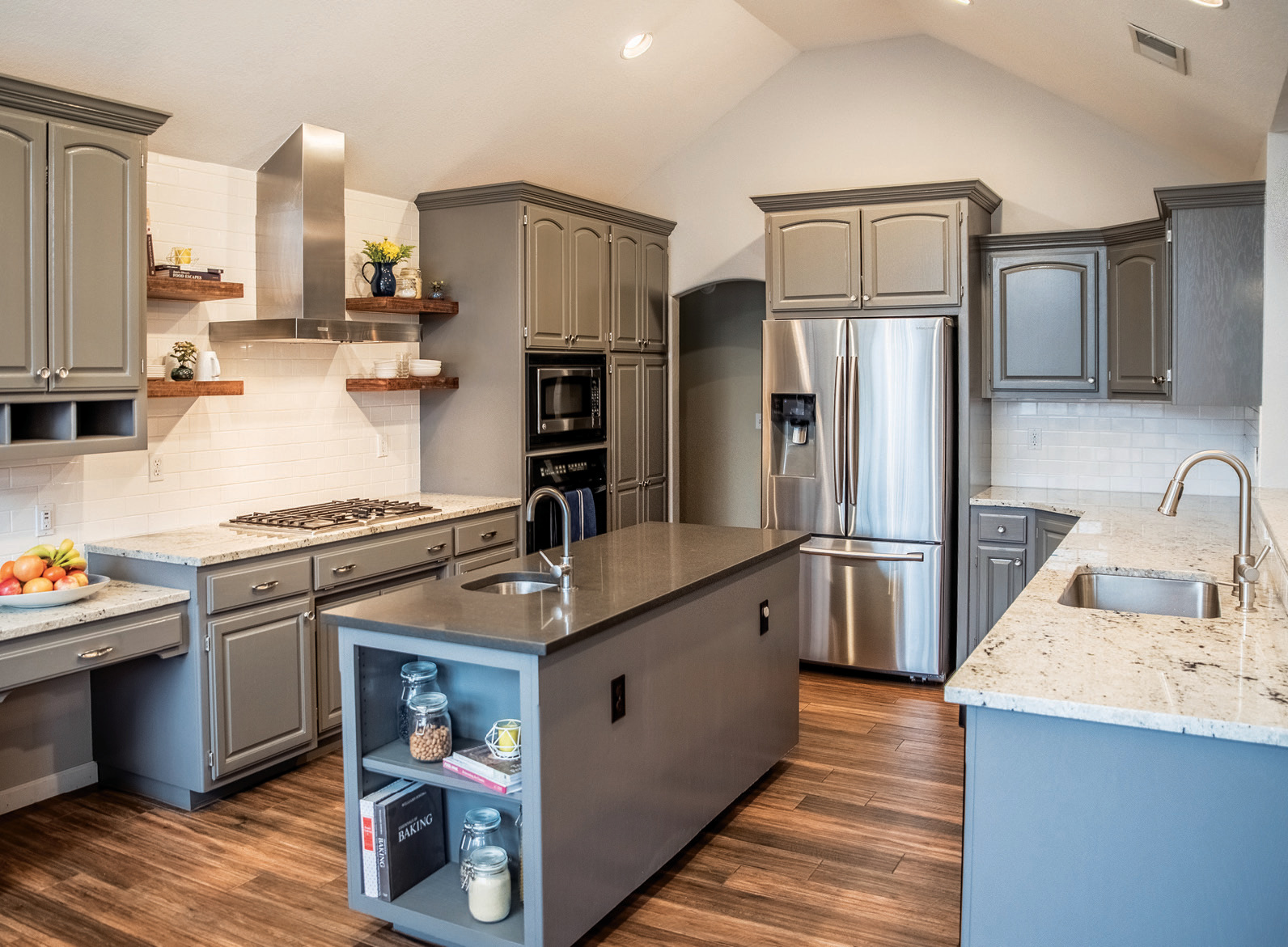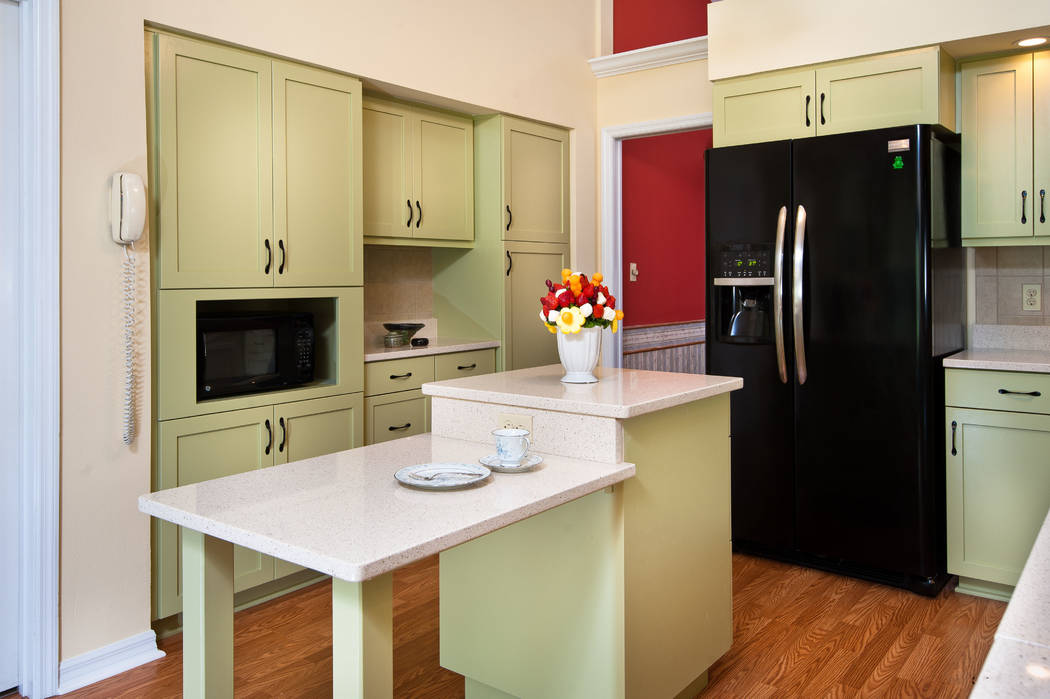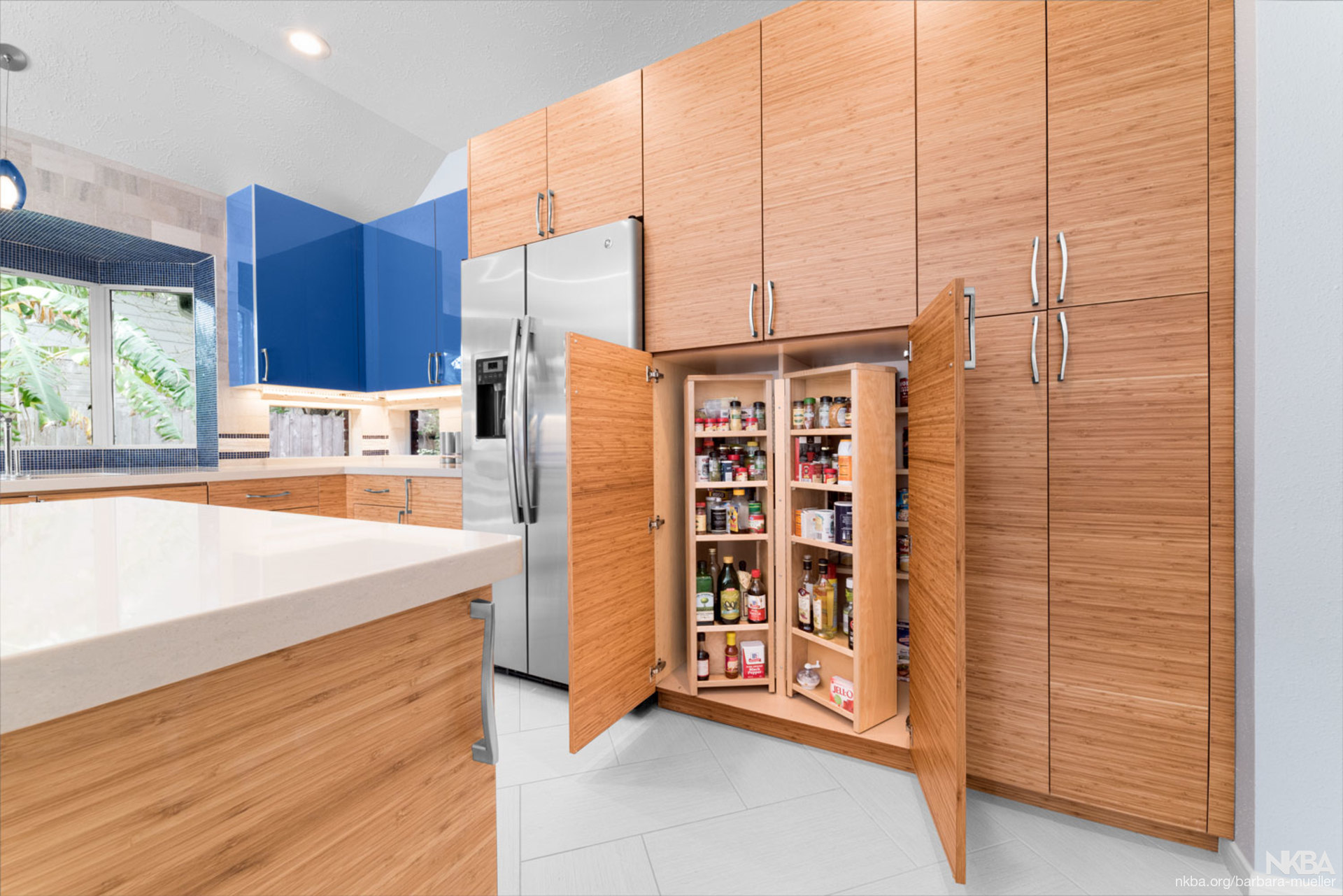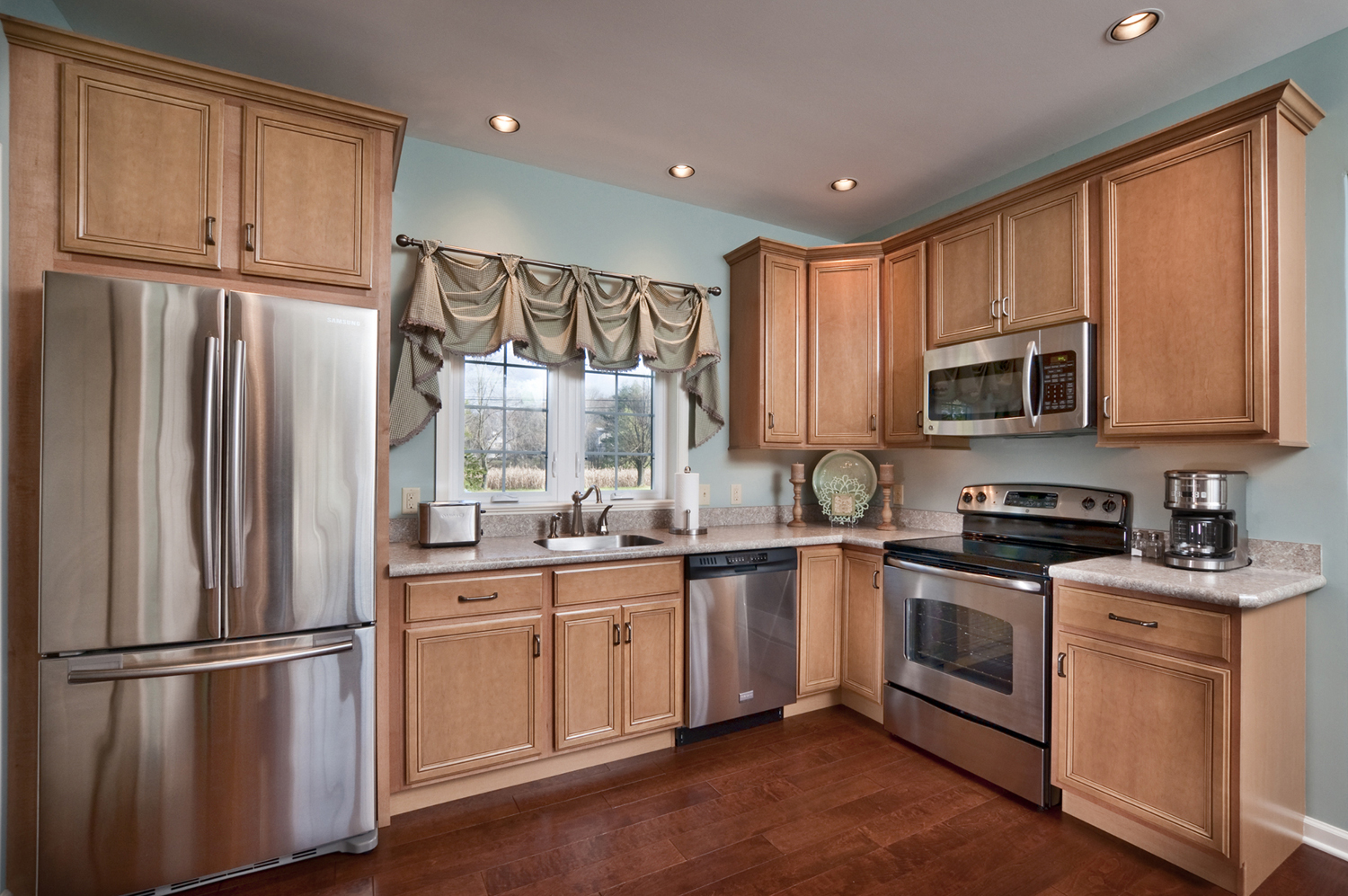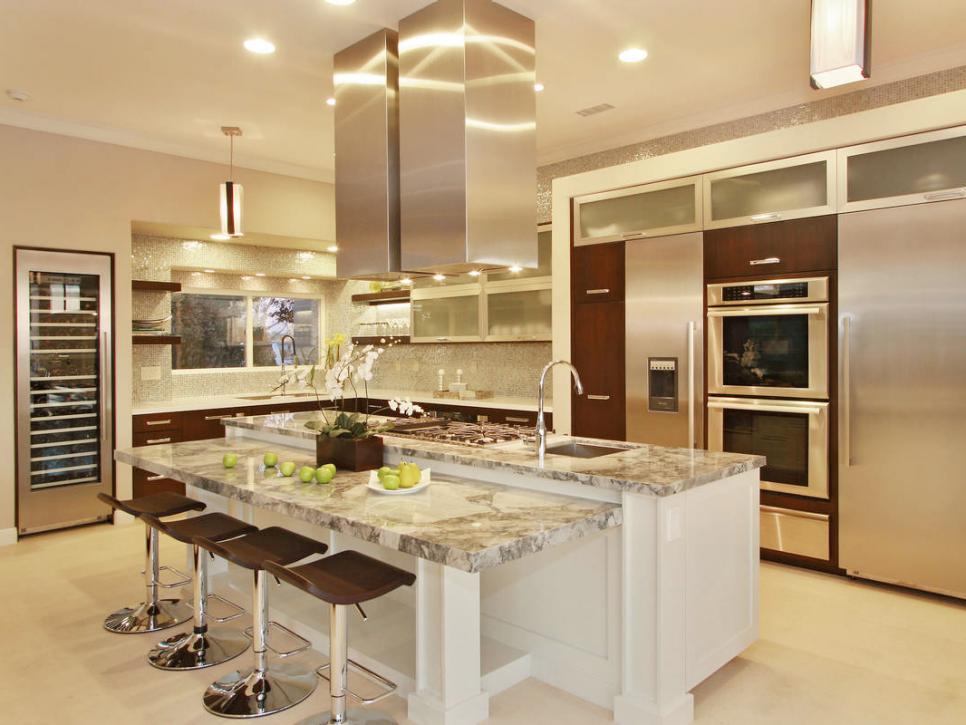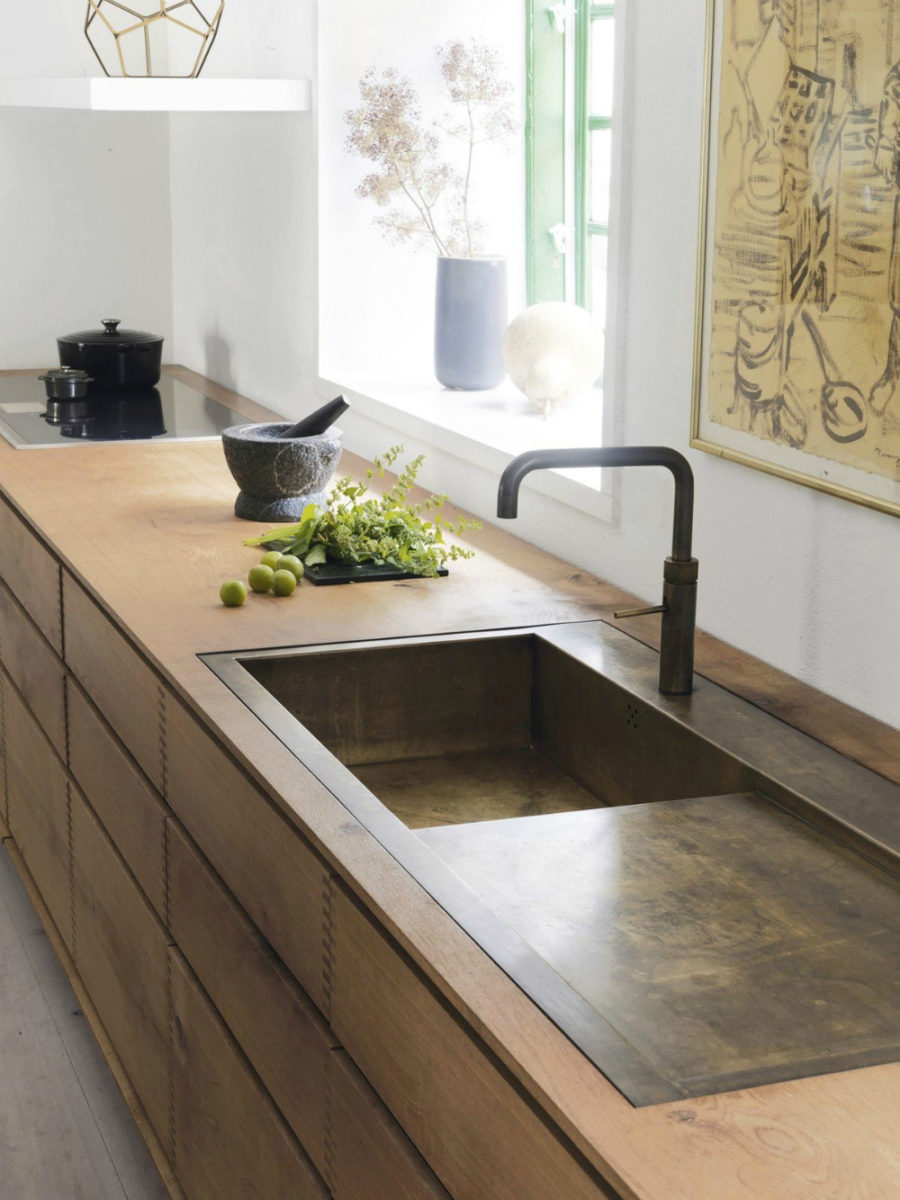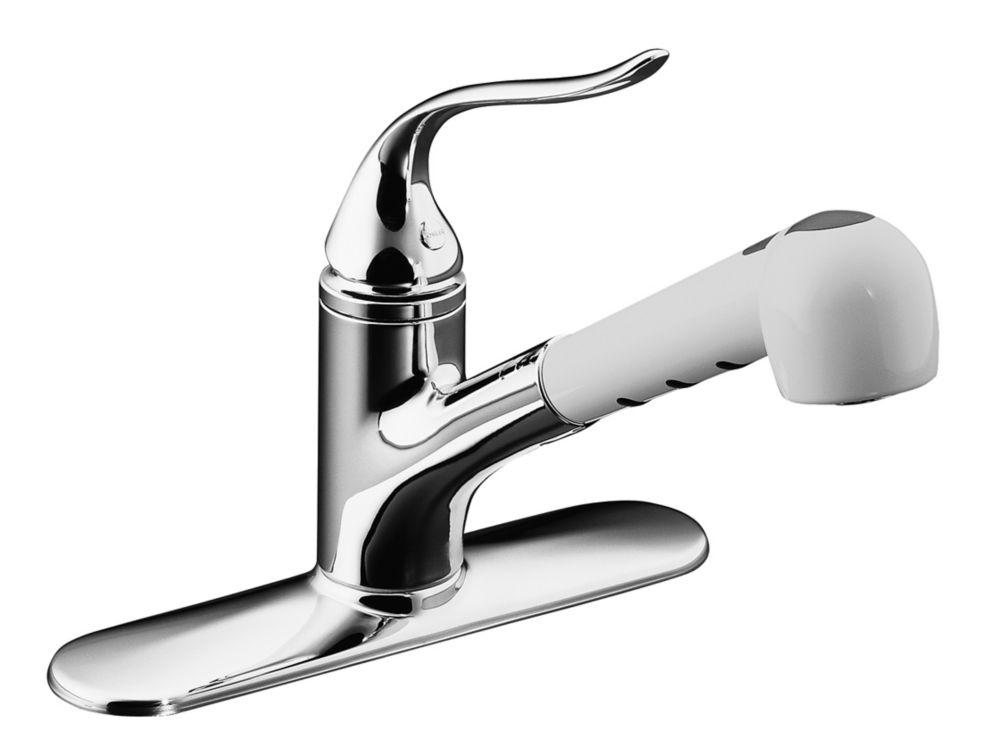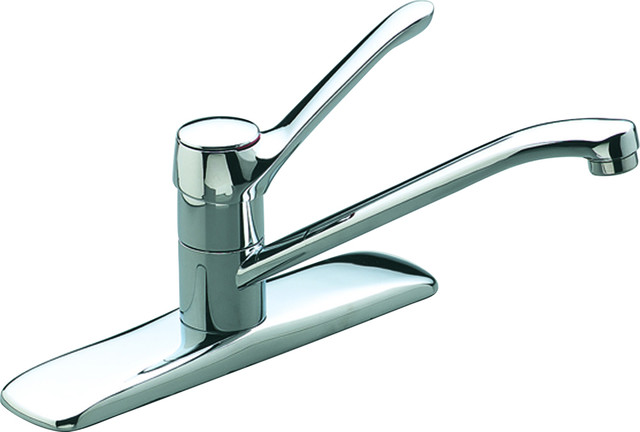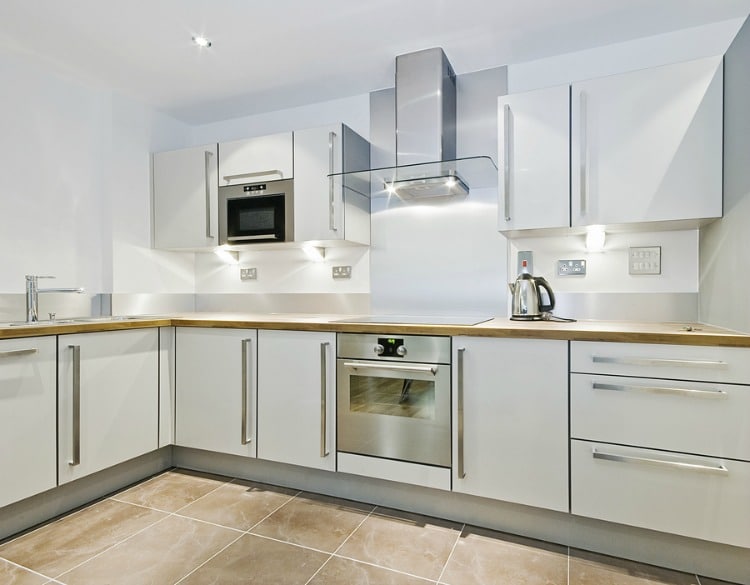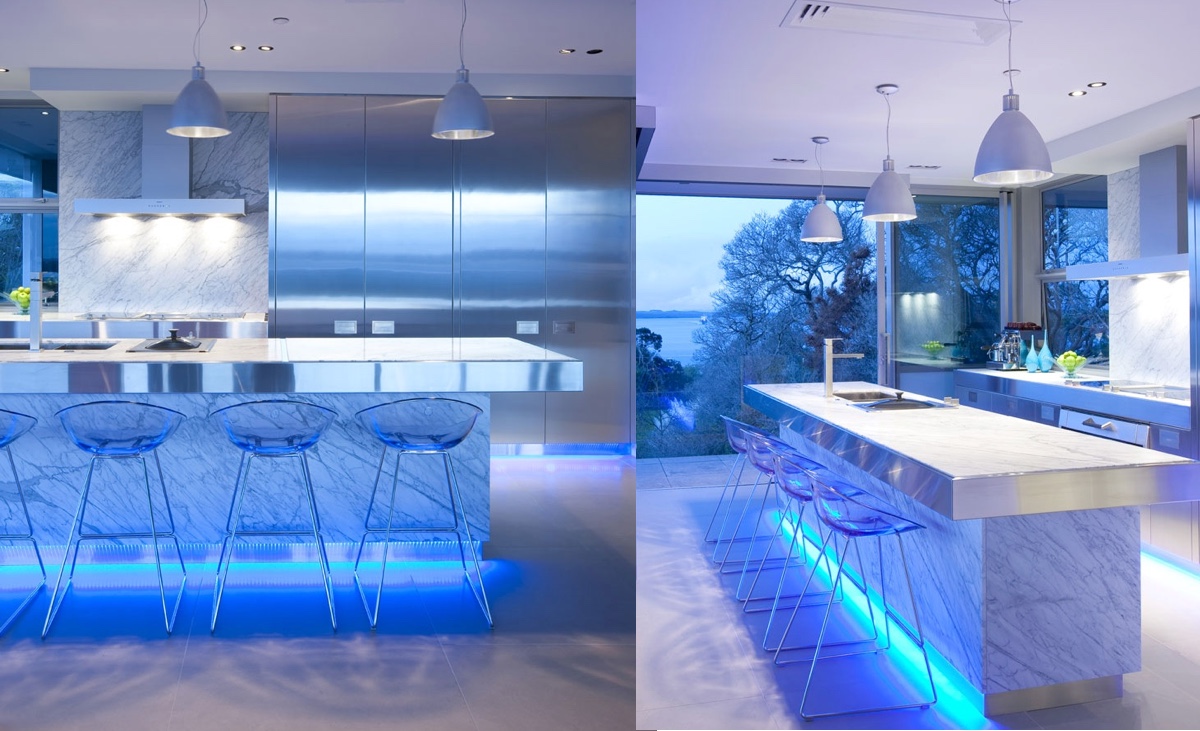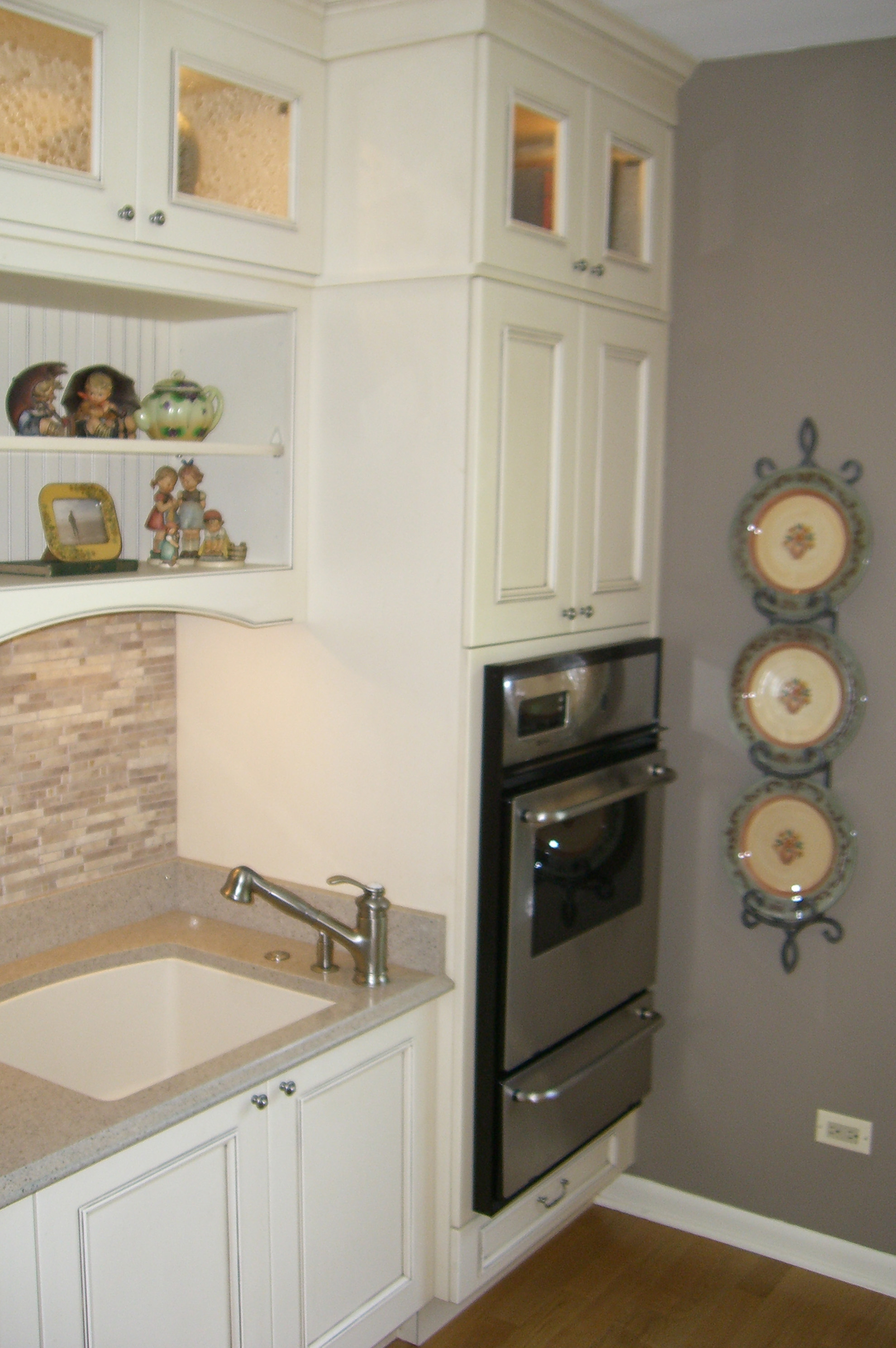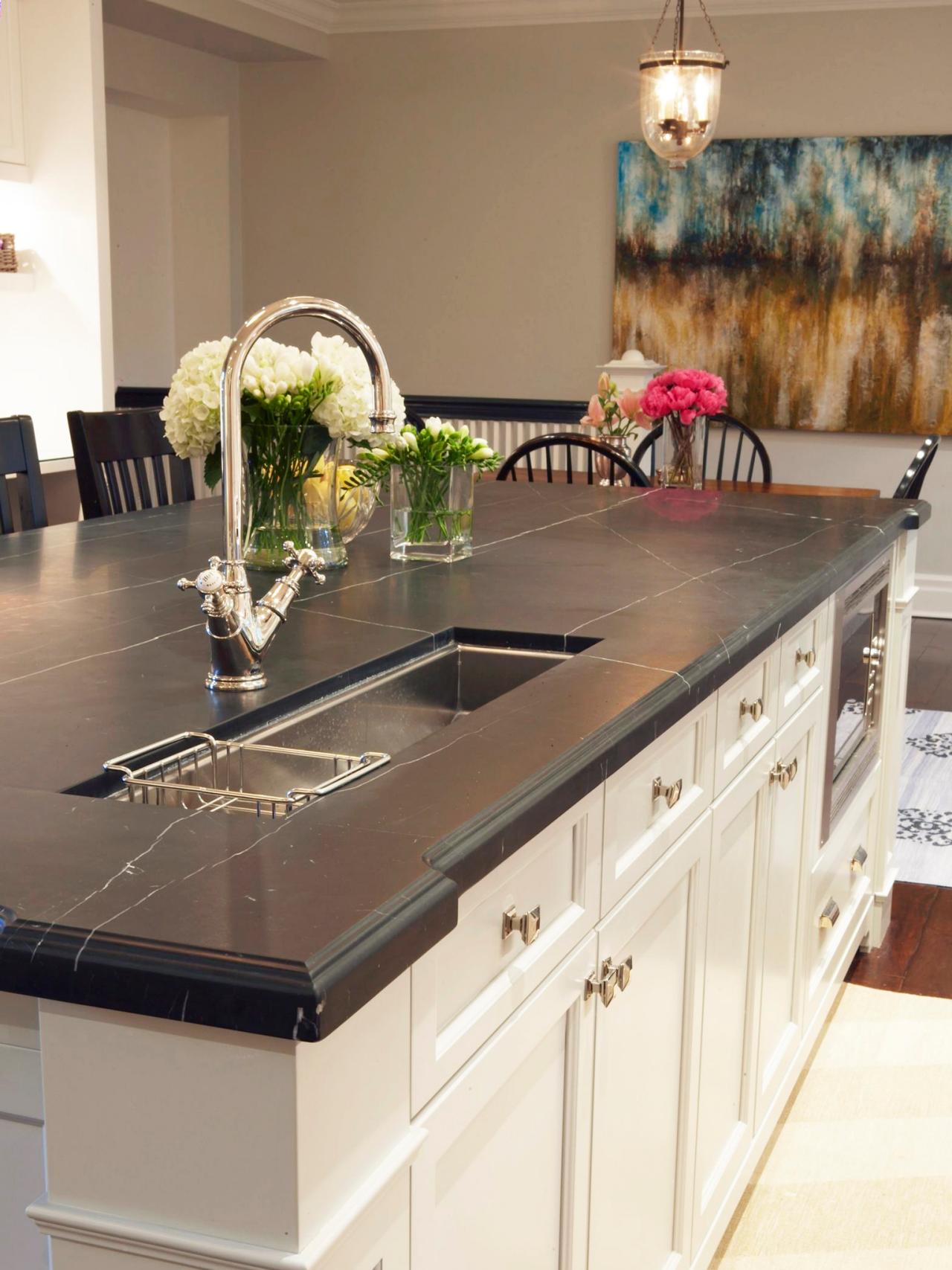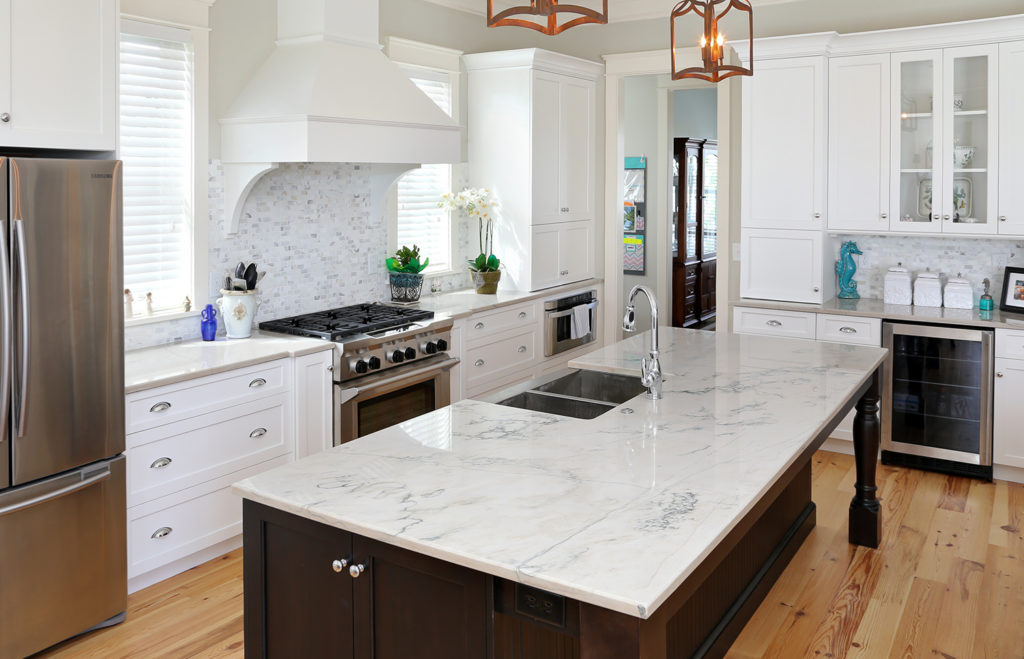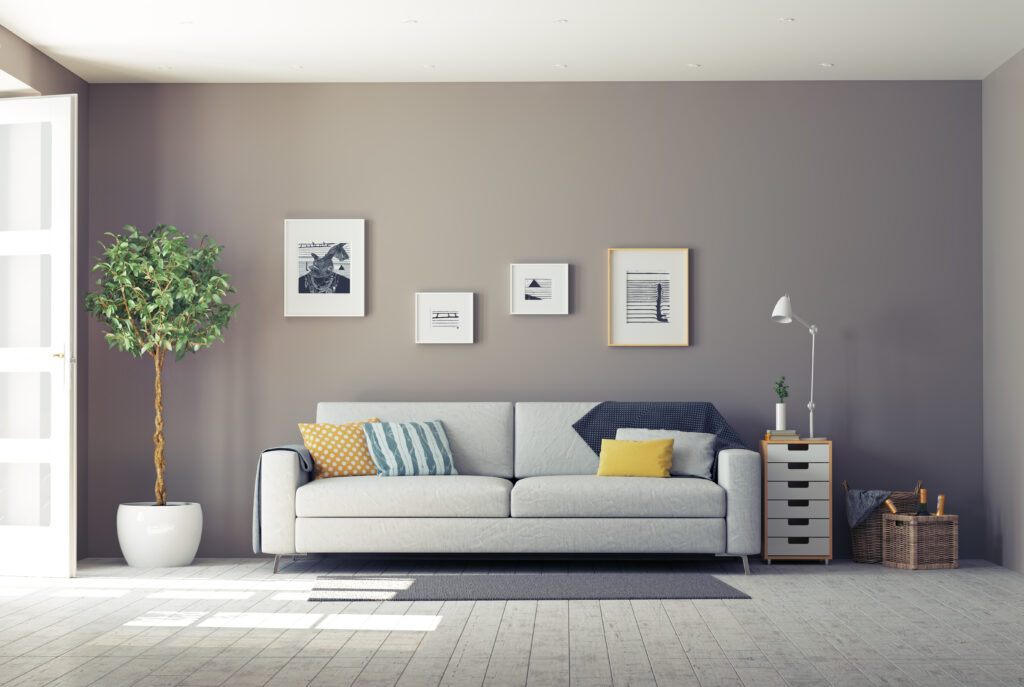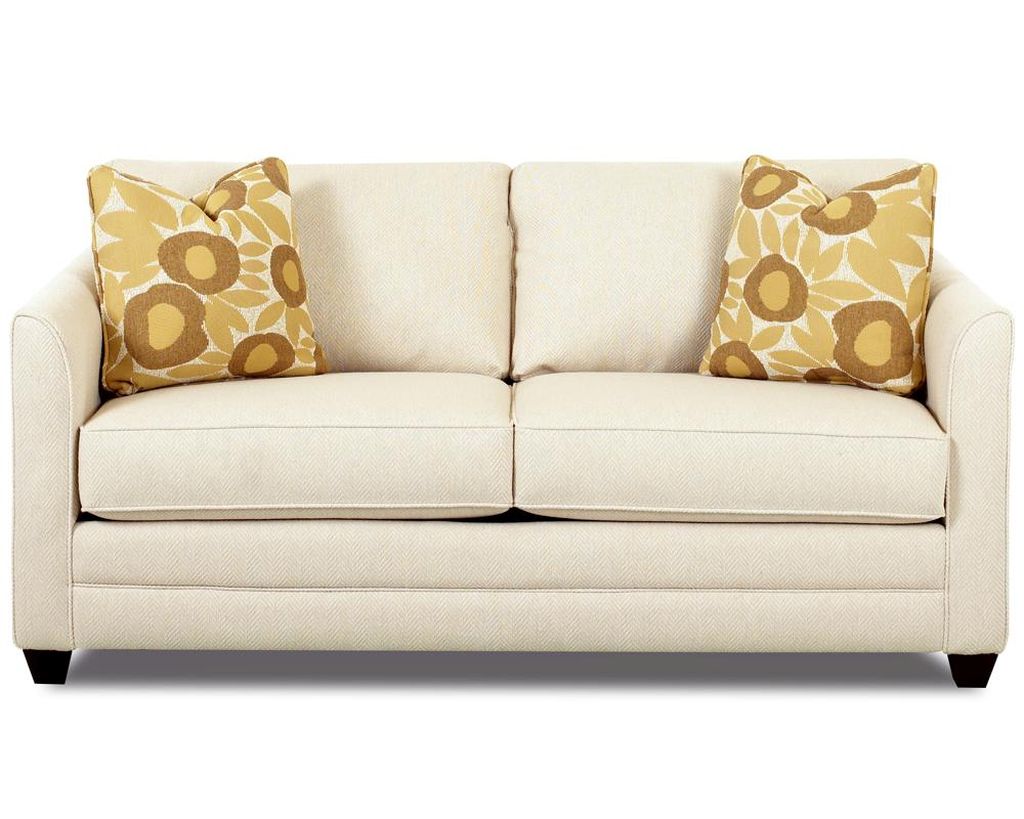A kitchen is often referred to as the heart of a home, and for good reason. It is where meals are prepared, conversations are had, and memories are made. However, for individuals with disabilities or mobility limitations, a traditional kitchen can be a challenging space to navigate. This is where the concept of universal design comes in. Universal design for kitchens is all about creating a space that is accessible and functional for people of all ages and abilities. Let's take a closer look at the top 10 universal design features for a kitchen.Universal Design for Kitchens
When it comes to universal design, cabinets play a crucial role in making a kitchen accessible. Traditional cabinets can be difficult to reach for individuals in a wheelchair or those with limited mobility. This is where features such as pull-out shelves, adjustable height cabinets, and toe-kick drawers come in. These features make it easier for everyone to reach items in the cabinets, regardless of height or mobility limitations.Universal Design Kitchen Cabinets
Appliances are another essential aspect of a kitchen that can benefit from universal design. Appliances with front controls, such as ovens and dishwashers, are easier to reach for individuals in wheelchairs. Additionally, choosing appliances with larger handles and knobs makes them easier to grip for those with limited dexterity. Installing appliances at varying heights can also make them more accessible for people of different heights.Universal Design Kitchen Appliances
The layout of a kitchen is crucial to its functionality and accessibility. In a universal design kitchen, the layout should allow for ample space for maneuvering and accessibility. The ideal layout is known as the "work triangle," which involves placing the sink, stove, and refrigerator in a triangular pattern for maximum efficiency. Additionally, having clear pathways and wide doorways (at least 36 inches wide) in the kitchen is essential for wheelchair accessibility.Universal Design Kitchen Layout
The sink is a frequently used area in any kitchen, so it's crucial to make it accessible for all. A universal design sink should have a shallow basin and a single-lever faucet for easier reach and use. Installing the sink at varying heights can also make it more accessible for people of different heights and abilities. Adding a pull-out spray nozzle can also make it easier for individuals in wheelchairs to reach and use the sink.Universal Design Kitchen Sink
Similar to the sink, the faucet in a universal design kitchen should be easy to use for individuals with limited mobility or dexterity. Look for faucets with levers or touchless options for ease of use. Additionally, choosing a faucet with a high clearance and pull-out sprayer can make it more accessible for individuals in wheelchairs.Universal Design Kitchen Faucets
Lighting is crucial in any kitchen, but it becomes even more important in a universal design kitchen. Adequate lighting is essential for individuals with visual impairments or limited mobility to navigate the space safely. Installing under-cabinet lighting can also make it easier to see and reach items in the cabinets. Additionally, having adjustable lighting options, such as dimmer switches, can benefit individuals with sensitivity to bright lights.Universal Design Kitchen Lighting
Countertops in a universal design kitchen should be at varying heights to accommodate individuals of different heights and abilities. Lowered countertops can make tasks such as food preparation and cooking more accessible for individuals in wheelchairs. Additionally, countertops with rounded edges can be safer for individuals with mobility limitations.Universal Design Kitchen Countertops
In addition to cabinets, there are other storage options that can be incorporated into a universal design kitchen. Open shelving or glass-front cabinets can make it easier to see and reach items for individuals with visual impairments. Wall-mounted storage options, such as magnetic knife strips or hanging pot racks, can also be beneficial for individuals with limited mobility.Universal Design Kitchen Storage
The right flooring can make a significant difference in the accessibility and safety of a kitchen. In a universal design kitchen, it's essential to choose flooring that is slip-resistant and easy to maneuver on. Smooth, low-pile carpet or vinyl flooring can be easier to navigate for individuals in wheelchairs or with mobility limitations. Additionally, make sure that the flooring is level and free of any bumps or tripping hazards.Universal Design Kitchen Flooring
Why Universal Design is Essential for a Modern Kitchen
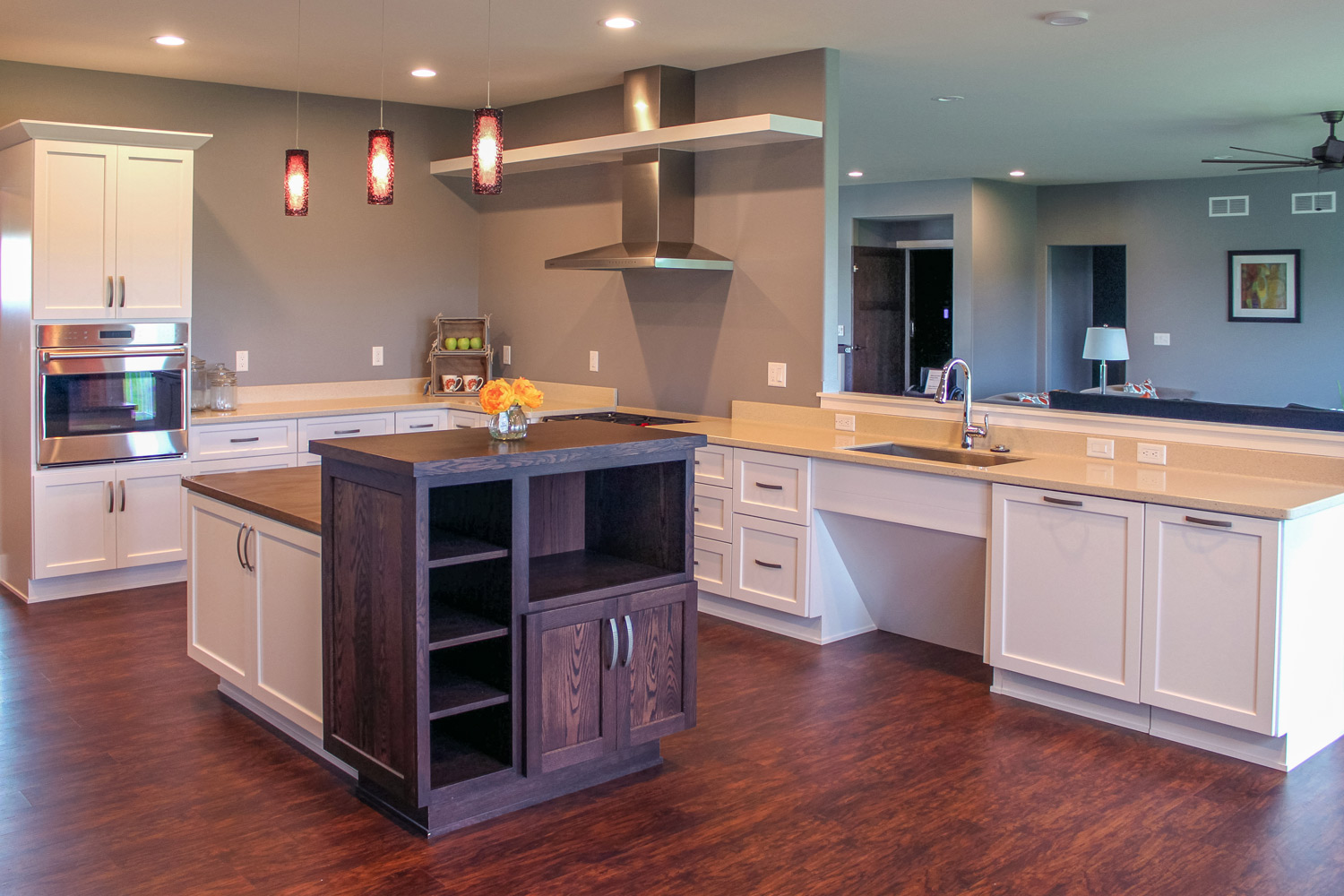
Creating a Welcoming and Accessible Space
 When it comes to designing a kitchen, functionality and accessibility are key factors.
Universal design
is a concept that focuses on creating spaces that are accessible and welcoming for people of all ages and abilities. This means incorporating design elements that can be used by everyone, regardless of their physical abilities. By implementing
universal design
principles in your kitchen, you can create a space that is not only functional but also inclusive and accommodating.
When it comes to designing a kitchen, functionality and accessibility are key factors.
Universal design
is a concept that focuses on creating spaces that are accessible and welcoming for people of all ages and abilities. This means incorporating design elements that can be used by everyone, regardless of their physical abilities. By implementing
universal design
principles in your kitchen, you can create a space that is not only functional but also inclusive and accommodating.
Enhancing Safety and Convenience
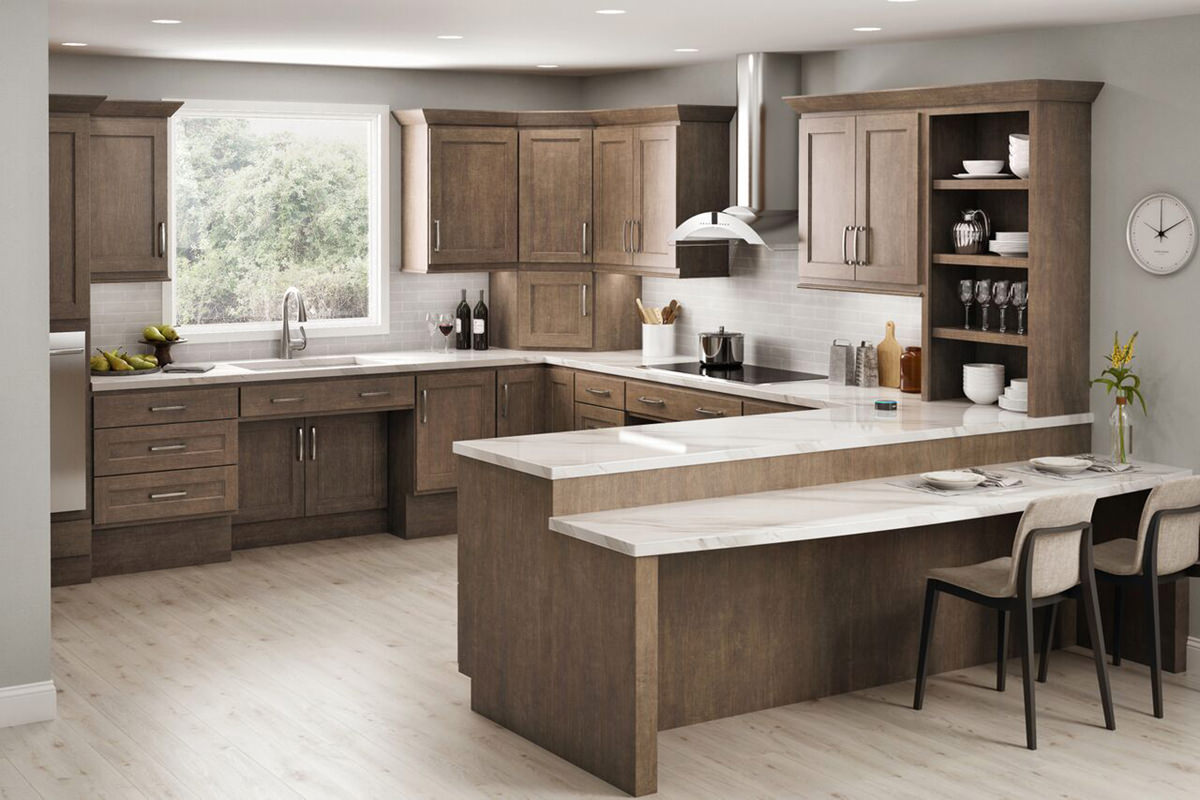 One of the main benefits of
universal design
is that it enhances safety and convenience in the kitchen. For example, installing
lower countertops
and
raised appliances
can make it easier for people in wheelchairs or those with limited mobility to access and use them. In addition,
slip-resistant flooring
and
well-lit areas
can help prevent accidents and make it easier for everyone to navigate the space. By incorporating these features, you can ensure that your kitchen is a safe and convenient space for everyone to use.
One of the main benefits of
universal design
is that it enhances safety and convenience in the kitchen. For example, installing
lower countertops
and
raised appliances
can make it easier for people in wheelchairs or those with limited mobility to access and use them. In addition,
slip-resistant flooring
and
well-lit areas
can help prevent accidents and make it easier for everyone to navigate the space. By incorporating these features, you can ensure that your kitchen is a safe and convenient space for everyone to use.
Incorporating Flexibility and Adaptability
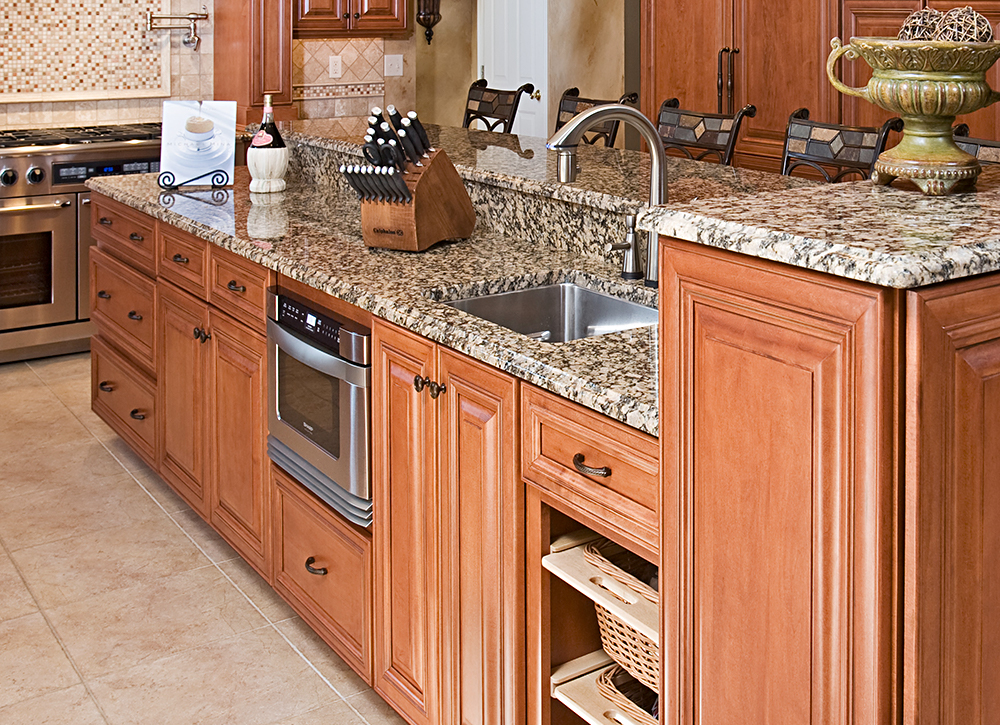 Another important aspect of
universal design
is its focus on flexibility and adaptability. This means designing a space that can be easily modified to meet the changing needs of its users. For instance,
adjustable counters and cabinets
can be lowered or raised to accommodate users of different heights. This allows for a more personalized and comfortable experience for everyone in the household. By incorporating flexibility and adaptability into your kitchen design, you can ensure that it can be used by people of all ages and abilities, now and in the future.
Another important aspect of
universal design
is its focus on flexibility and adaptability. This means designing a space that can be easily modified to meet the changing needs of its users. For instance,
adjustable counters and cabinets
can be lowered or raised to accommodate users of different heights. This allows for a more personalized and comfortable experience for everyone in the household. By incorporating flexibility and adaptability into your kitchen design, you can ensure that it can be used by people of all ages and abilities, now and in the future.
Creating a Timeless and Stylish Kitchen
 Universal design is not just about functionality and accessibility, it also focuses on creating a stylish and timeless space. By incorporating
universal design
principles, you can create a kitchen that is not only functional but also aesthetically pleasing. The use of
neutral colors
and
simple, clean lines
can create a modern and timeless look that will stand the test of time. This means that your kitchen will not only be accessible and convenient but also a beautiful space that you can enjoy for years to come.
In conclusion,
universal design
is essential for creating a modern kitchen that is functional, safe, and inclusive. By incorporating
universal design
principles, you can create a space that is accessible to everyone, regardless of their age or abilities. With its focus on safety, convenience, flexibility, and style,
universal design
is the key to creating a welcoming and timeless kitchen that will be enjoyed by all.
Universal design is not just about functionality and accessibility, it also focuses on creating a stylish and timeless space. By incorporating
universal design
principles, you can create a kitchen that is not only functional but also aesthetically pleasing. The use of
neutral colors
and
simple, clean lines
can create a modern and timeless look that will stand the test of time. This means that your kitchen will not only be accessible and convenient but also a beautiful space that you can enjoy for years to come.
In conclusion,
universal design
is essential for creating a modern kitchen that is functional, safe, and inclusive. By incorporating
universal design
principles, you can create a space that is accessible to everyone, regardless of their age or abilities. With its focus on safety, convenience, flexibility, and style,
universal design
is the key to creating a welcoming and timeless kitchen that will be enjoyed by all.










